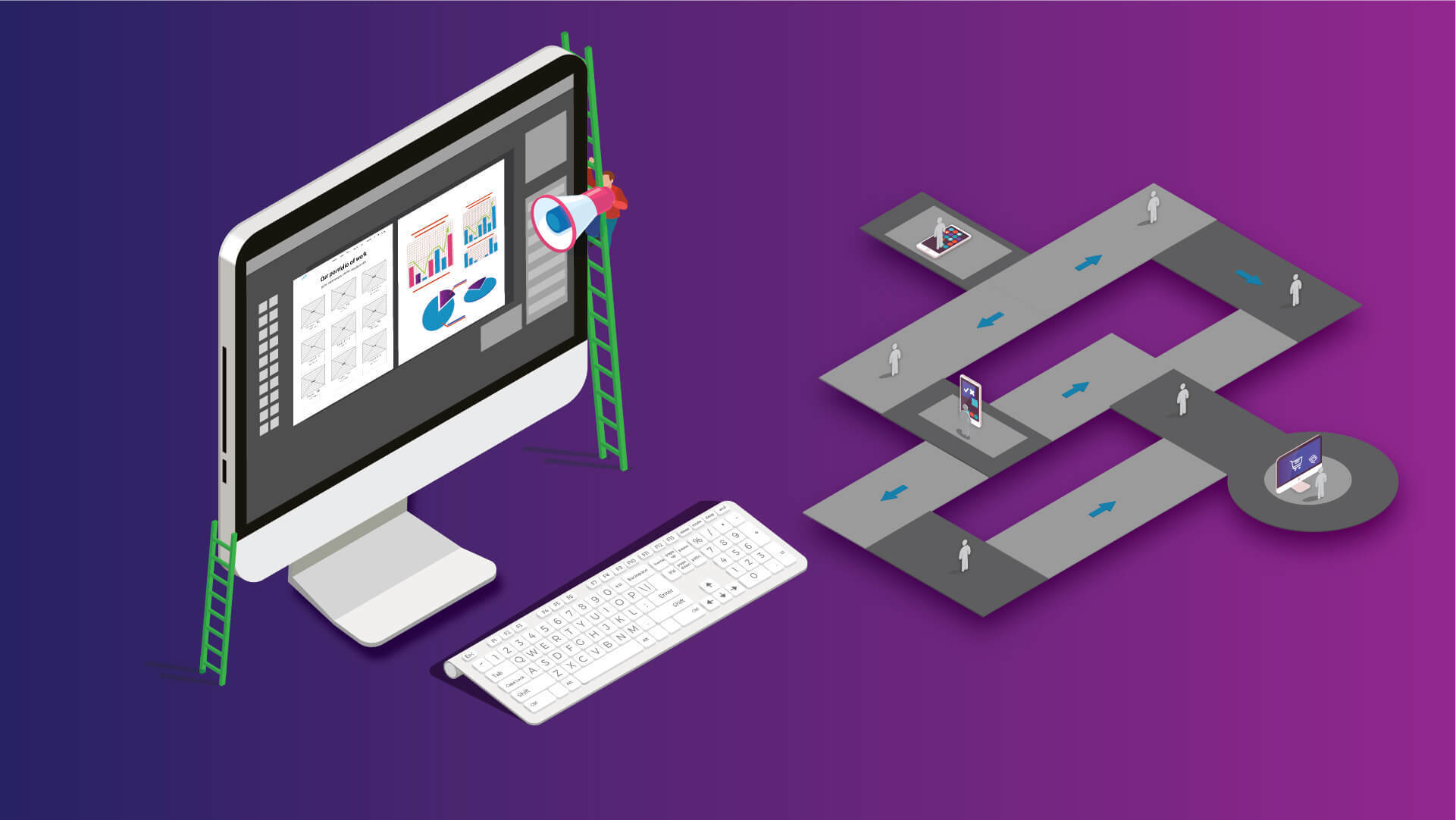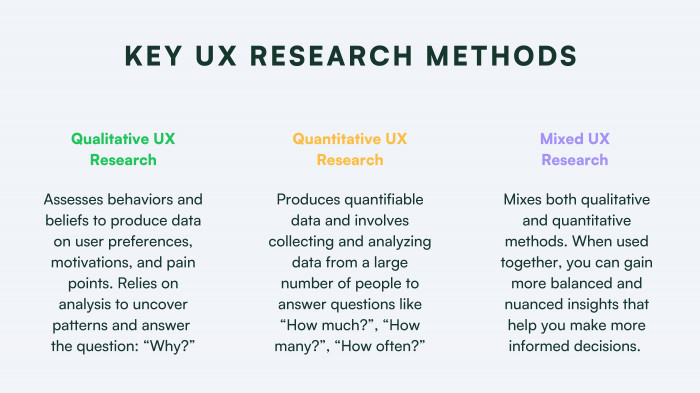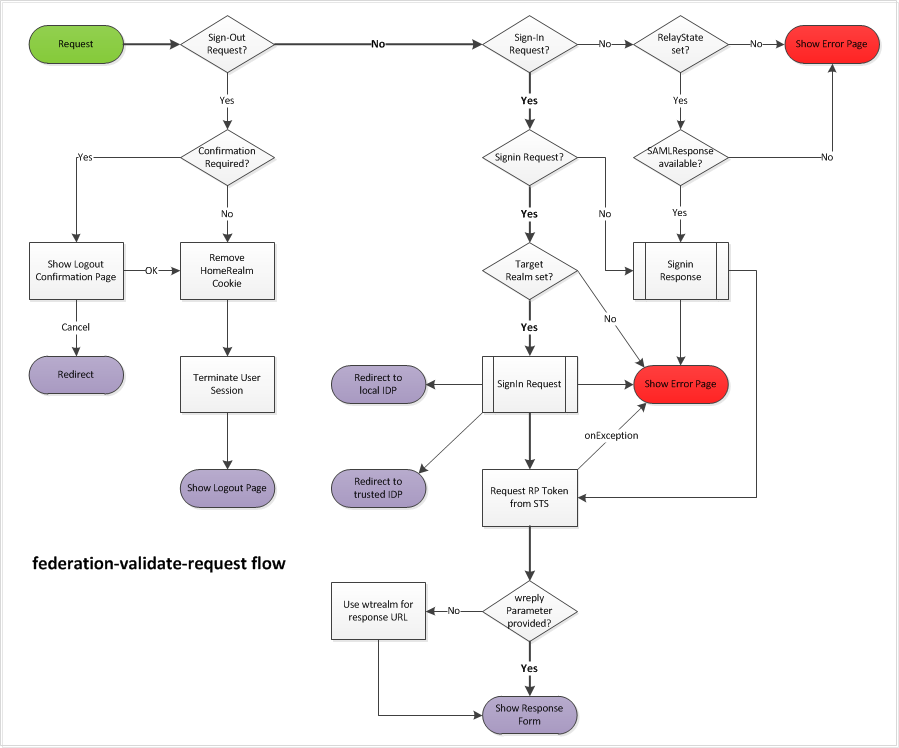
Sitemap design has four stages: visual design (UI design), UX design (UI design), and XML. Let's examine each stage in turn. The sitemap is like an IKEA bed manual. It will contain a primary page, secondary pages, and tertiary pages. It's now time to create the visual design.
UX sitemaps
UX sitemaps provide powerful tools that help website owners make intelligent decisions about the design of their websites. They are a visual representation of the importance of each webpage and enable users to quickly access the information that they need. When used correctly, they can increase conversions as well as stakeholder confidence in the final product. They are able to streamline the collaboration between designers and developers, and they can provide a record of UX design decisions. Below are the steps for creating your UX sitemap.
Sitemaps are like a tree which shows the hierarchy of your website. It outlines which pages are most important for your users, and where they are most likely to visit. The sitemap may contain labeled pages, prioritized pages, and links. It can be difficult to visualize all pages on a complicated site if you are designing it. A sitemap can help. UX sitemaps assist designers in designing websites that are easy to use.

Sitemaps of the UI
UI sitemaps are essential to user interface design. Sitemaps show a hierarchy and sub-sections that users can navigate. Each item has a label and reference number, which should be meaningful and explain the section/node. The content of UI websitemaps can be customized to meet the specific needs and preferences. A sitemap is a planning exercise. Luckily, there are many tools available to help designers achieve this goal.
Sitemaps are an essential tool in building websites. Not only can sitemaps help you understand the hierarchy of a website, but they can also make your website easier to navigate. Sitemaps are usually coded in XML or HTML, and they are important for both human interaction and search engines. HTML can be used to show how a site is organized, and XML allows bots to locate specific pages.
Sitemaps XML
A XML sitemap is a great SEO practice. It helps Google crawl your site and find essential pages quickly. It can also help improve your SEO rankings. We will be looking at the advantages of XML-based sitemaps and how they may benefit you. Continue reading for more information. We hope that this article helped you create an effective XML websitemap for your site!
Search engines constantly update their algorithms and improve their products and services. This is especially true in the digital age. It's not unusual to have millions of websites and have yours ignored by search engines. A sitemap will make it easier for search engines to find changes on your website quicker and more accurately. XML Sitemaps will not only increase your search engine rankings but you can also submit a single, easily-updated document.

HTML sitemaps
While the idea behind HTML sitemaps design is sound it is equally important to think about the practical use of the tool. Sitemaps that are well-organized will be easier to navigate for users. This enhances the user experience. Customers can easily navigate to the desired page by following the links on the HTML sitemaps. Google emphasizes the user experience and this will help improve search engine ranking. Below are some tips that you should consider when creating an HTML sitemap.
It is easy to create HTML websitemaps using web hosting software. They can streamline and organize your content and add significant value. They can also identify pages that are not connected or unnecessary and help to prune them. They can help you see your entire website from a broader perspective and identify any pages that might be of use to your customers. If you're looking for professional help with your digital marketing, contact SocialSEO. They can help with the design of a sitemap.
FAQ
Do I use WordPress?
The best way to build an effective web presence is to start small. If you have the time and resources to build a full-blown site, then do so. You might start with a simple blog if you don’t have the time or resources. As you become proficient in web design and development, you can add features as needed.
However, before you create your first website you need to set up a primary URL. This will give you a pointer to which to publish content.
What technical skills do I need to design and construct my site?
No. All you need is an understanding of HTML and CSS. Online tutorials can be found that cover both HTML and CSS.
Do I hire a web design firm or do it myself.
Don't pay for web design services if you want to save money. If you need high quality results, it may not be worthwhile to hire someone else to build your website.
There are many ways to create websites from scratch, without having to hire expensive designers.
If you're willing put in the work, you can create a website that looks great using tools like Dreamweaver.
An alternative option to outsourcing your project is to hire an experienced freelance web designer who charges per-hour instead of per job.
What is the cost of building a website?
The answer to this question depends on what you want to accomplish with your website. Google Sites might be free if your website is limited to information about you or your company.
You will likely need to spend more if you want to attract people to your site.
A Content Management System (like WordPress), is the most popular option. These programs let you create a website with no programming skills. You won't be hacked because these websites are hosted by third parties.
Squarespace is another service that can be used to build websites. There are a number of plans available, with prices ranging from $5 per Month to $100 Per Month depending on the features you wish to add to your website.
Can I create my own website with HTML & CSS?
Yes! If you've been following along so far, you should now understand how to start creating a website.
Now that you are familiar with how to create a website's structure, you will also need to be familiar with HTML and CSS programming.
HTML stands for HyperText Markup Language. You can think of it as writing a recipe. You'd list ingredients, instructions, and directions. HTML is a way to tell a computer which parts are bold, underlined, italicized or linked to other parts of the document. It is the language used to describe documents.
CSS stands for Cascading Style sheets. Think of it like a style sheet for recipes. Instead of listing each ingredient or instruction, you will write down the general rules for font sizes and spacing.
HTML tells the browser how to format a web page; CSS tells it how to do it.
Don't be afraid to ask questions if you don’t understand any of these terms. Follow these tutorials to create beautiful websites.
What is Website Design Software?
Software for designing websites is used by photographers, illustrators and writers.
There are two main types for website design software. Desktop apps are installed locally on your computer and require you to install additional software on your computer. Cloud-based solutions are hosted remotely on the internet and require no additional software on your computer, making them ideal for mobile users.
Desktop Applications
Desktop applications may have more advanced features than cloud-based solutions but they aren’t always necessary. Some people prefer to work exclusively from a desktop app because they find it more convenient. Some people prefer to use the same tool, regardless of whether it is on a phone or a laptop.
Cloud-Based Solutions
Cloud-based solutions are a great option for web designers looking to save time and money. These services allow you access any type of document to be edited from anywhere on the internet. This means that you can work on your tablet while waiting to brew your coffee.
If you decide to use a cloud service, you will still need a license. You won't need to purchase additional licenses if you upgrade to a later version.
You can use these programs to create web pages if you own a copy of Photoshop, InDesign, Illustrator, or another Adobe product.
Statistics
- It enables you to sell your music directly on your website and keep 100% of the profits. (wix.com)
- Is your web design optimized for mobile? Over 50% of internet users browse websites using a mobile device. (wix.com)
- Did you know videos can boost organic search traffic to your website by 157%? (wix.com)
- At this point, it's important to note that just because a web trend is current, it doesn't mean it's necessarily right for you.48% of people cite design as the most important factor of a website, (websitebuilderexpert.com)
- Studies show that 77% of satisfied customers will recommend your business or service to a friend after having a positive experience. (wix.com)
External Links
How To
What is Website Hosting?
Website hosting is the place where visitors go to visit a website. There are two types.
-
Shared hosting - This is the cheapest option. Your website files are stored on a server that is owned by another person. Customers visiting your website send their queries over the Internet, to that server. The owner of the server then hands off the request to you.
-
Dedicated hosting – This is the most expensive option. Your website is only accessible from one server. You and your traffic are protected by the fact that no other websites share server space.
Shared hosting is cheaper than dedicated hosting for most businesses. You can use shared hosting if the company owns the server to provide the resources required for your website.
But there are pros and cons to both options. These are some of the major differences between them.
Shared Hosting Pros:
-
Lower Cost
-
Simple to Setup
-
Frequent Updates
-
It can be found on many web hosting companies
Shared hosting can often cost as little as $10/month. Remember that shared hosting usually comes with bandwidth. Bandwidth is how much data you can transfer to the Internet. You may have to pay extra for large amounts of data, even if your blog only contains photos.
Once you begin, you will soon see why you spent so much on your previous host. Most shared hosts don't offer any customer support. Although they will help you set up your site occasionally, you are on your own once you have done that.
Providers that offer 24-hour customer support are worth looking into. They will help you deal with any issues that arise while your sleeping.
Dedicated Hosting Cons:
-
More Expensive
-
Less is More
-
Requires special skills
With dedicated hosting, everything you need for your website is at your fingertips. You don't need to worry about bandwidth usage or RAM (random access memory).
This means that you will have to pay a little more upfront. You'll soon realize that your business is self-sufficient once it's online. You will become an expert in managing your servers.
Which Is Better For My Business, So Which Is Better?
It all depends on the type of website you are creating. If you are selling products, shared hosting may be the best option. It's easy to set up and maintain. And since you're sharing a server with many other sites, you'll likely receive frequent updates.
However, dedicated hosting can be a great option if you're looking to build a community around the brand. You can focus on building your brand without worrying about handling your traffic.
If you're looking for a web host that offers both options, we recommend Bluehost.com. They offer unlimited monthly data transfers and 24/7 support. You can also register domain names for free.